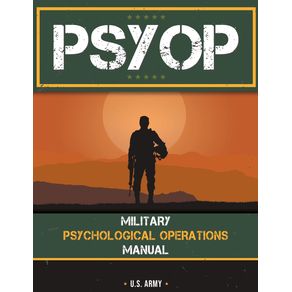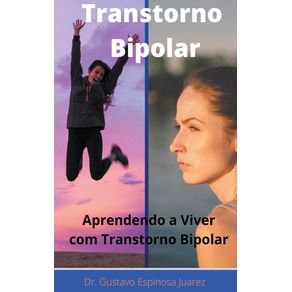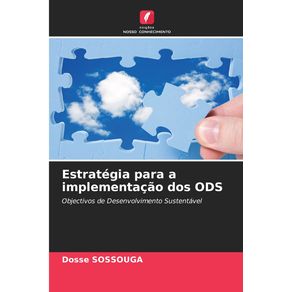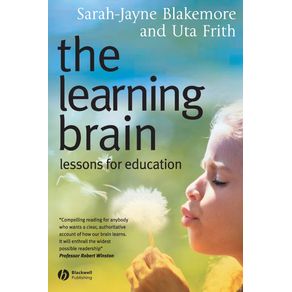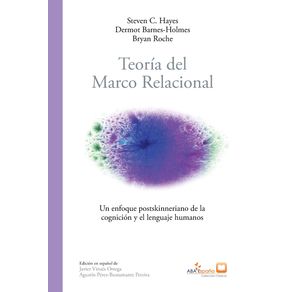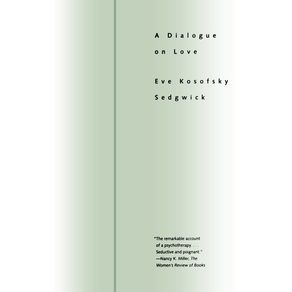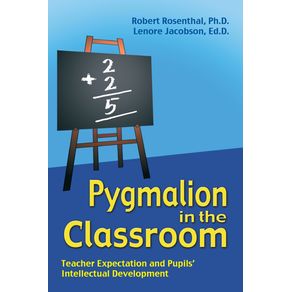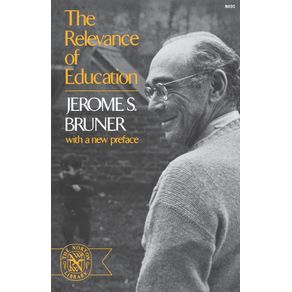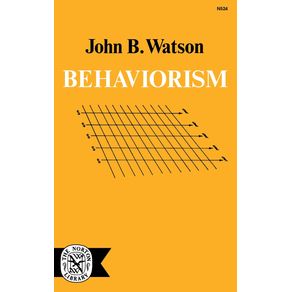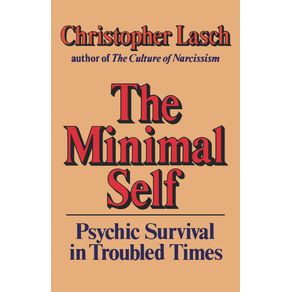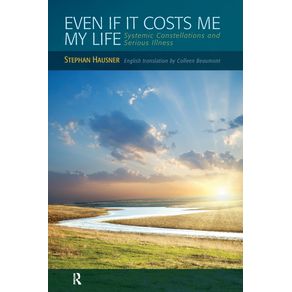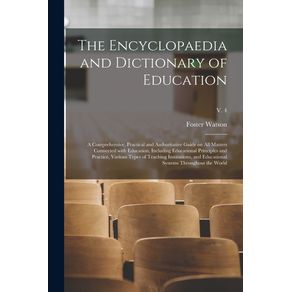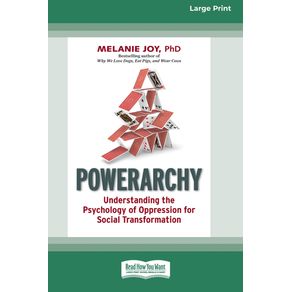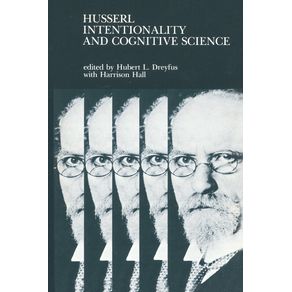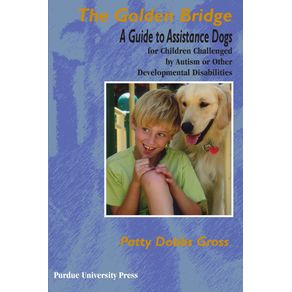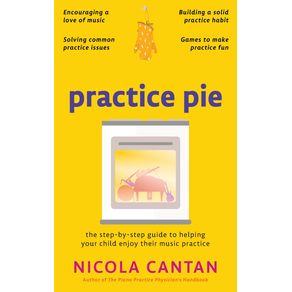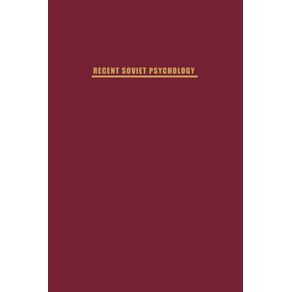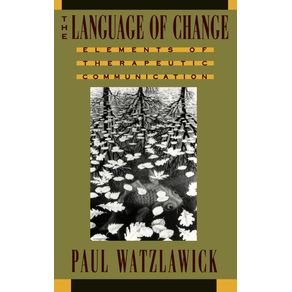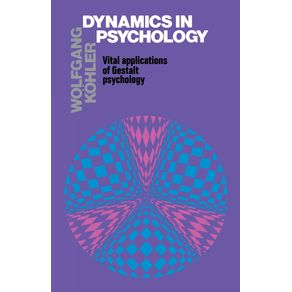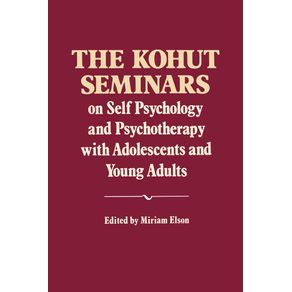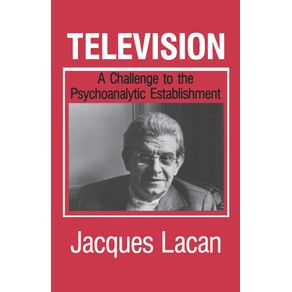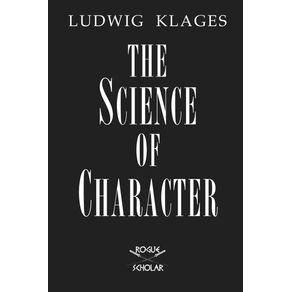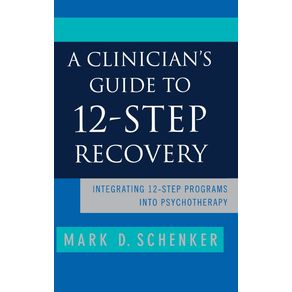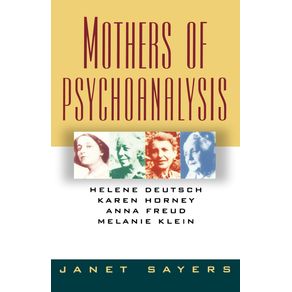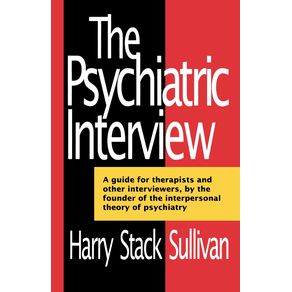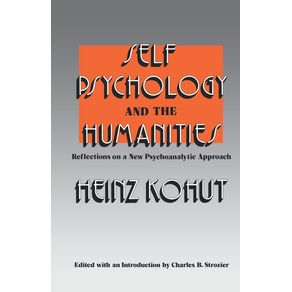-
DEPARTAMENTOS
- ANIMAIS DE ESTIMAÇÃO
- ARTES
- AUTO AJUDA
-
BEM ESTAR E LAZER
-
CATEGORIAS
-
-
CULINÁRIA E GASTRONOMIA
-
CATEGORIAS
-
-
ESPORTES
-
CATEGORIAS
-
- INFANTIL
-
RELIGIÃO
-
CATEGORIAS
-
- ADMINISTRAÇÃO E NEGÓCIOS
-
CIÊNCIAS BIOLÓGICAS E NATURAIS
-
CATEGORIAS
-
- DIREITO
- ECONOMIA
-
MEDICINA
-
CATEGORIAS
-
-
TODOS DEPARTAMENTOS
-
INTERESSE GERAL
-
LIVROS TÉCNICOS
-
- IMPORTADOS
Best Practices for Students with Emotional Disturbance
Cód:
491_9783639138870
Best Practices for Students with Emotional Disturbance
Autor:
Editora:
Código:
491_9783639138870
Vendido e entregue por Um Livro
Inclusion is an accepted practice in public schools. However, research shows students with emotional disturbance (ED) may face challenges in the inclusion classroom that students with other disabilities may not encounter. Inclusion teachers may be apprehensive including students with ED in their classroom, as behavioral outbursts may disrupt class and interfere with the learning of others. Disciplinary consequences may mean students with ED fall behind academically in the classroom, causing them danger of failing classes and dropping out of school. This study identifies educational practices high school students with ED and aggressive behavior perceive as desirable educational practices in inclusion classrooms. Through student voice, participants express their preferences in teachers teaching styles and describe positive structuring of the classroom environment. Students also identify discipline/classroom management practices that aid students in keeping calm, focused, and on-task in school. This study helps educators examine policies and procedures for students with ED, to determine best practices in the educational setting.
Veja mais
